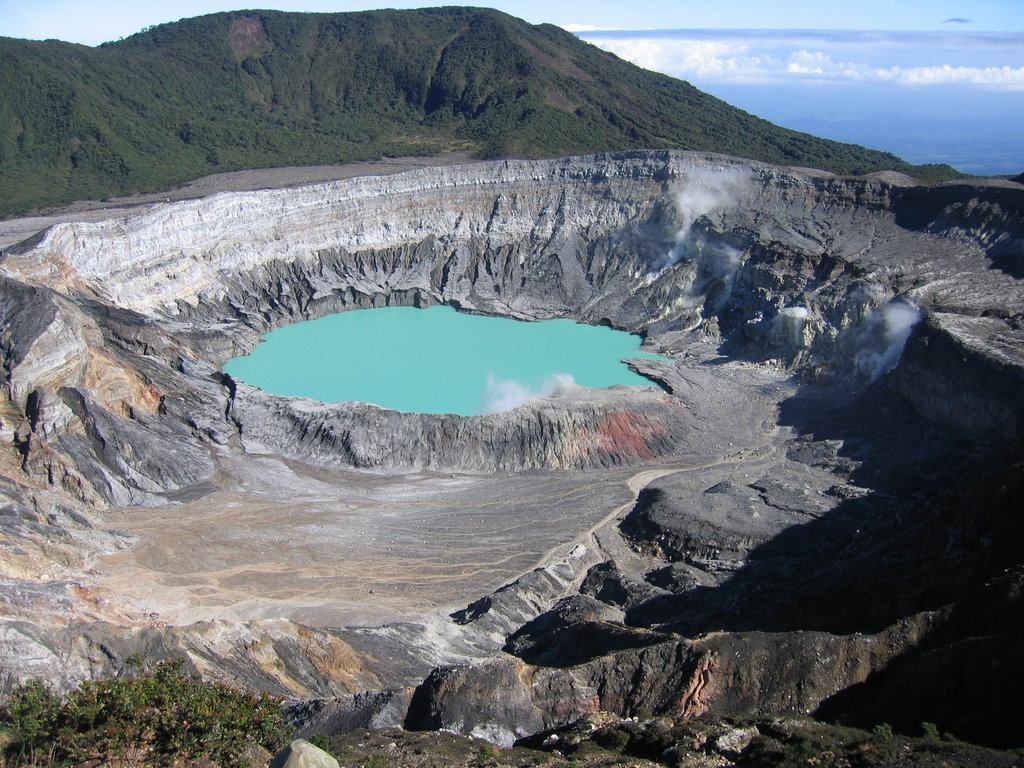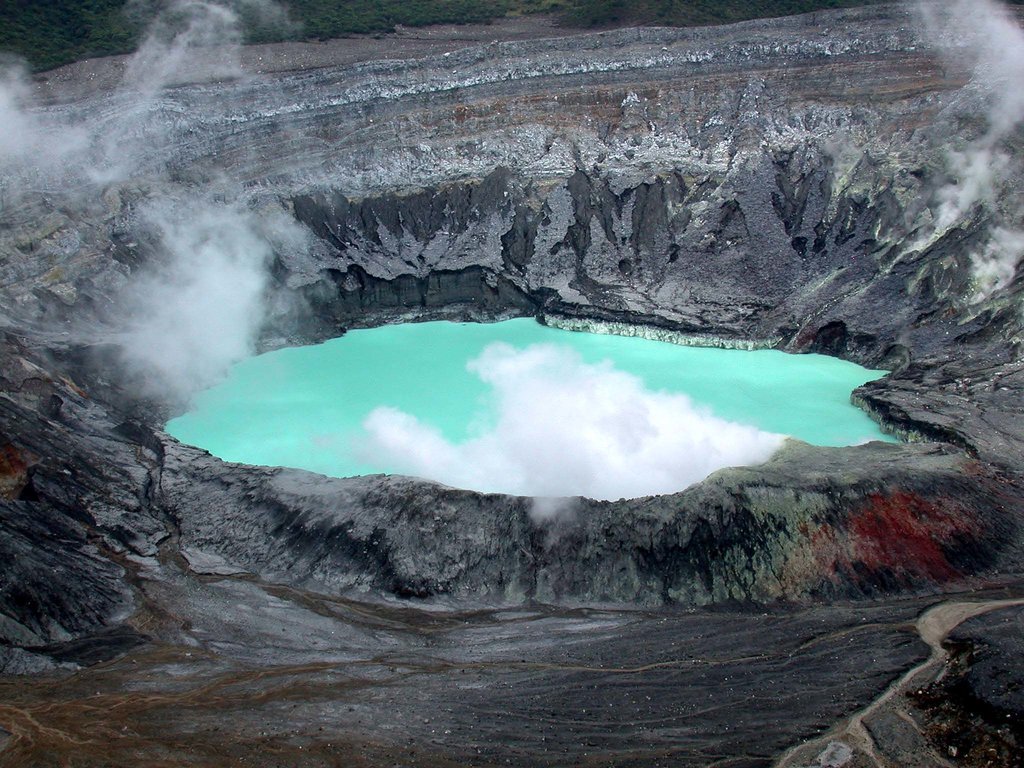Get PeakVisor App
Sign In
Search by GPS coordinates
- Latitude
- ° ' ''
- Longitude
- ° ' ''
- Units of Length

Yes
Cancel
Share ×

Scan the QR code and open PeakVisor on your phone
❤ Wishlist ×
Choose
Delete
Located in northern Costa Rica lies the Parque Nacional Volcán Poás. True to its name, the park protects the Volcan Poas and the surrounding land spanning 25 square miles. Established back in 1971, the park is home is known for its massive crater and pristine crater lakes. There are 2 named mountains in Parque Nacional Volcán Poás. The highest and the most prominent mountain is Volcán Poás at 8,068 feet with 1,857 feet of prominence.
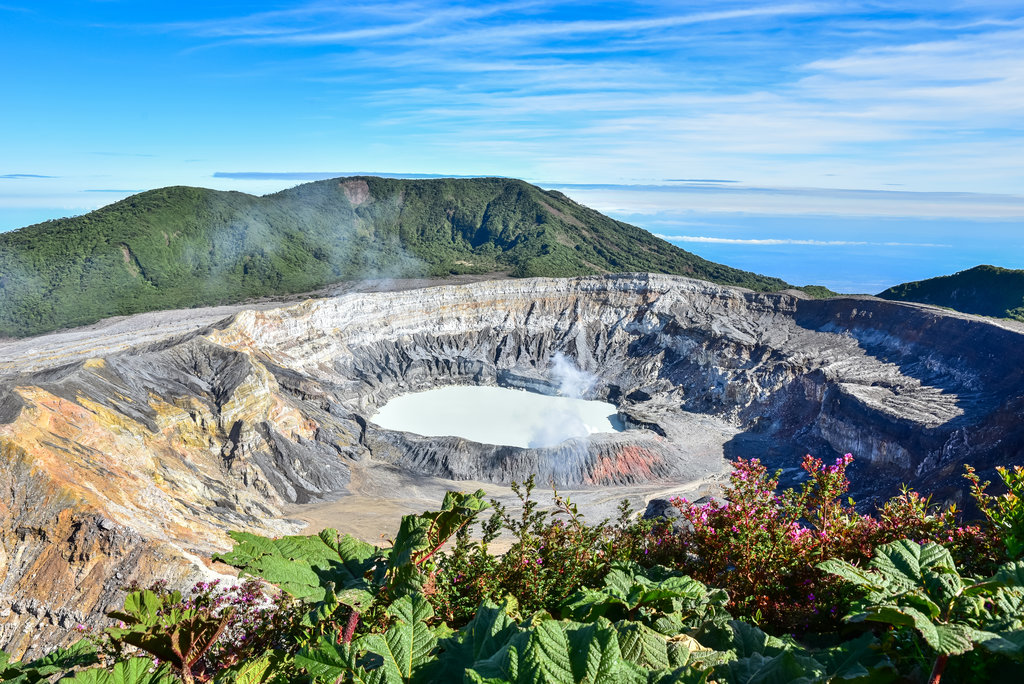
Tourist access to the park can change frequently due to potential hazards. Because the volcano is still active, it closes due to water vapor and sulphuric gas emissions. The main crater of the volcano spans 950 feet wide and is still active at the bottom. Here lie various geysers and lava eruptions. Though Volcan Poas is always active, the last major eruption occurred back in the 1950s and lasted for two years. The Von Frantzius crater is no longer active but is the largest of all the craters on the volcano. At the bottom lies Lake Botos which spans 1,200 feet across and is known for its bright green color. The other crater lake is located at the northern end of the volcano, known as Laguna Caliente. Sitting within an active crater, Laguna Caliente is known for being one the most acidic lakes in the world.
The land surrounding Lake Botos is home to much of the flora and fauna of the park. Other sections of the park are quite bare due to the more recent eruptions. Within the forest hills around the crater lie various bird species including the Poas magnolia which is native to the park. Other birds include clay-colored robins, hummingbirds, black guan, toucans, and numerous others. Though the park doesn’t have as much biodiversity as other regions of Costa Rica, the forest sections are still home to marmots, rabbits, and even coyotes.
The most recent activity of Volcan Poas occurred in 2019 where it erupted twice; once in February and once in September. The February eruption resulted in a tower of ash 600 feet tall above the volcano while the September eruption caused a tower that was over a mile high. Scientists estimate that the volcano has erupted over 40 times since 1828.
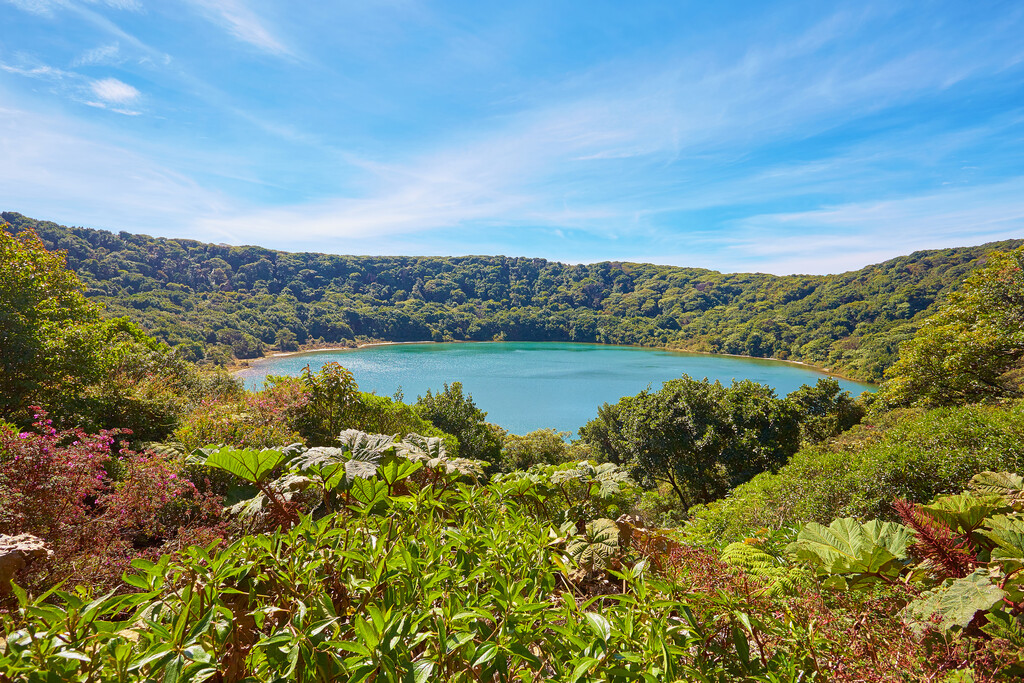
Poas Volcano: The main road leads up to the summit of Volcan Poas with a short hiking trail available at the top. The route is three miles roundtrip with 800 feet of elevation gain. On a clear day hikers can travel along the trail along the western ridge that surrounds Lake Botas. The lush cloud forest is quickly contrasted with the barren land around the still active crater. The trail leads to a viewpoint at the southern end of the active crater. The park, and the trail, are frequently closed for visitor safety so tourists should always check before trying to visit.
The largest city in the country is San Jose, which also happens to be the capitol. The metro population of the area is estimated to be 2.1 million people. The central location of the city allows for travelers to have easy access to all regions of the country. San Jose is known for being one of the safest major cities in Latin America and its focus on sustainability. Typical food throughout Costa Rica, and within San Jose, consists of gallo pinto, a mixture of beans and rice. From the capitol city, tourists have access to all of the major regions and National Parks that Costa Rica has to offer.
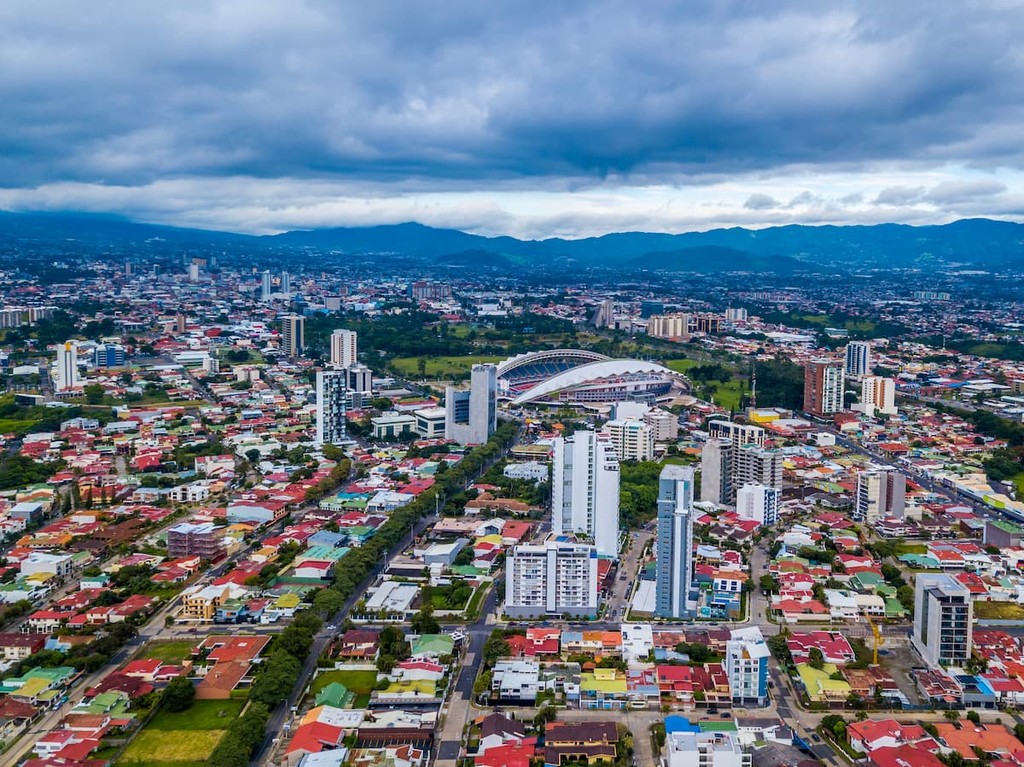
Explore Parque Nacional Volcán Poás with the PeakVisor 3D Map and identify its summits.

